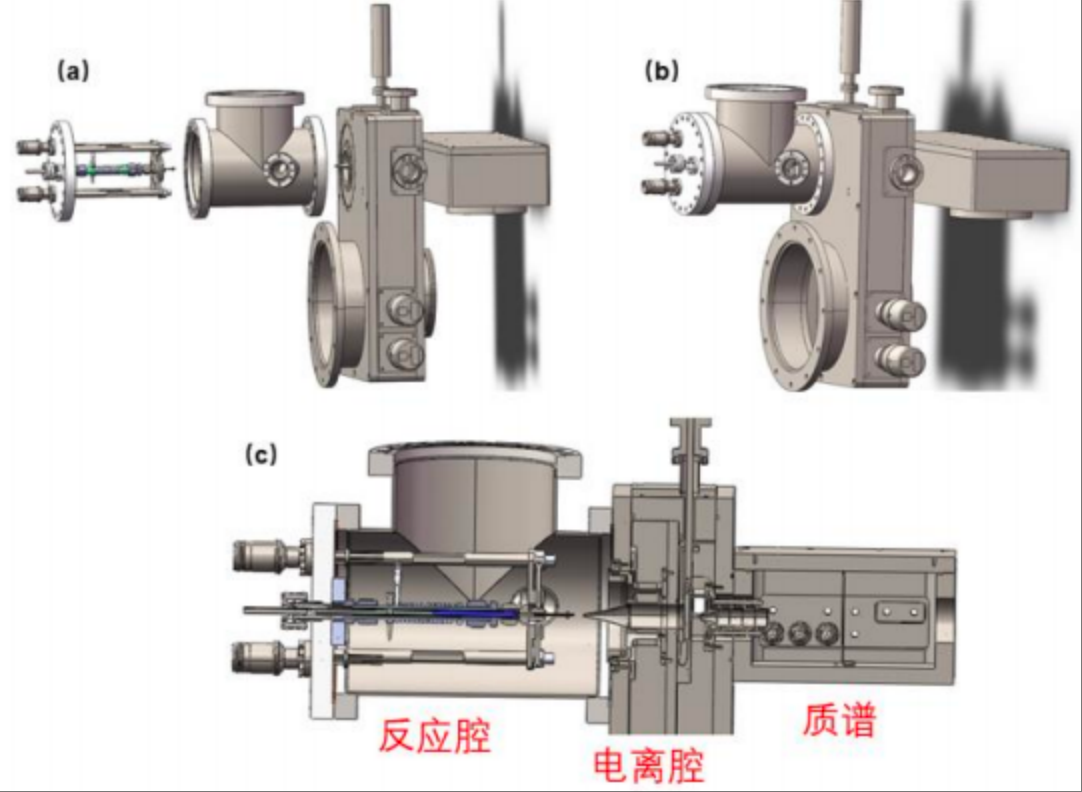Experimental End-station
The combustion experimental station leverages synchrotron radiation in the vacuum ultraviolet (VUV) range to investigate complex chemical reactions, with its core capability focused on detecting critical reaction products and reactive intermediates. The station integrates a supersonic molecular beam sampling system and a high-resolution mass spectrometer, operating across a temperature range of 10–1700 K. It utilizes continuously tunable VUV light with variable photon energies to probe reaction systems dynamically. Users can achieve stable introduction of gas-, liquid-, and solid-phase samples through in-house developed feed systems, such as vaporization chambers and sample boats. Additionally, the station is equipped with auxiliary diagnostic tools, including a gas chromatograph and Fourier-transform infrared (FTIR) spectrometer, enabling multi-modal detection approaches. This integrated setup supports comprehensive studies combining synchrotron-based photoionization mass spectrometry with complementary analytical techniques, advancing mechanistic insights into combustion chemistry and material decomposition pathways.

Back

